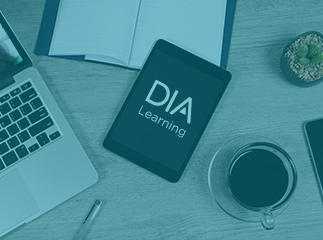Overview

This Solution Provider Webinar is brought to you by DIA in cooperation with

The regulatory and pharmacovigilance landscape is evolving substantially with the changing expectations from regulatory authorities. With the increasing number of drugs in the drug development pipeline and a parallel increase in the number of drugs being approved by major regulatory authorities globally, the costs continue to escalate. The pharma model for how clinical and safety data are acquired and managed throughout the lifecycle of a medicinal product needs to evolve and explore ways to decrease costs, increase efficiency, and achieve end-to-end (E-2-E) productivity.
Drug development and pharmacovigilance have traditionally been predominantly human activities, recruiting large numbers of highly-trained and capable staff. Many hours of qualified staff are taken up performing routine and manual activities. Automation, however, has the potential to transform the current drug development and pharmacovigilance processes. With the incorporation of advanced automated technologies, several manual repetitive tasks can be automated. Therefore, highly-trained staff can focus on higher value work, consequently replacing, in some areas, roles that are entirely transactional.
This webinar will:
Continuing Education Credits are not available for this event.
Have an account?